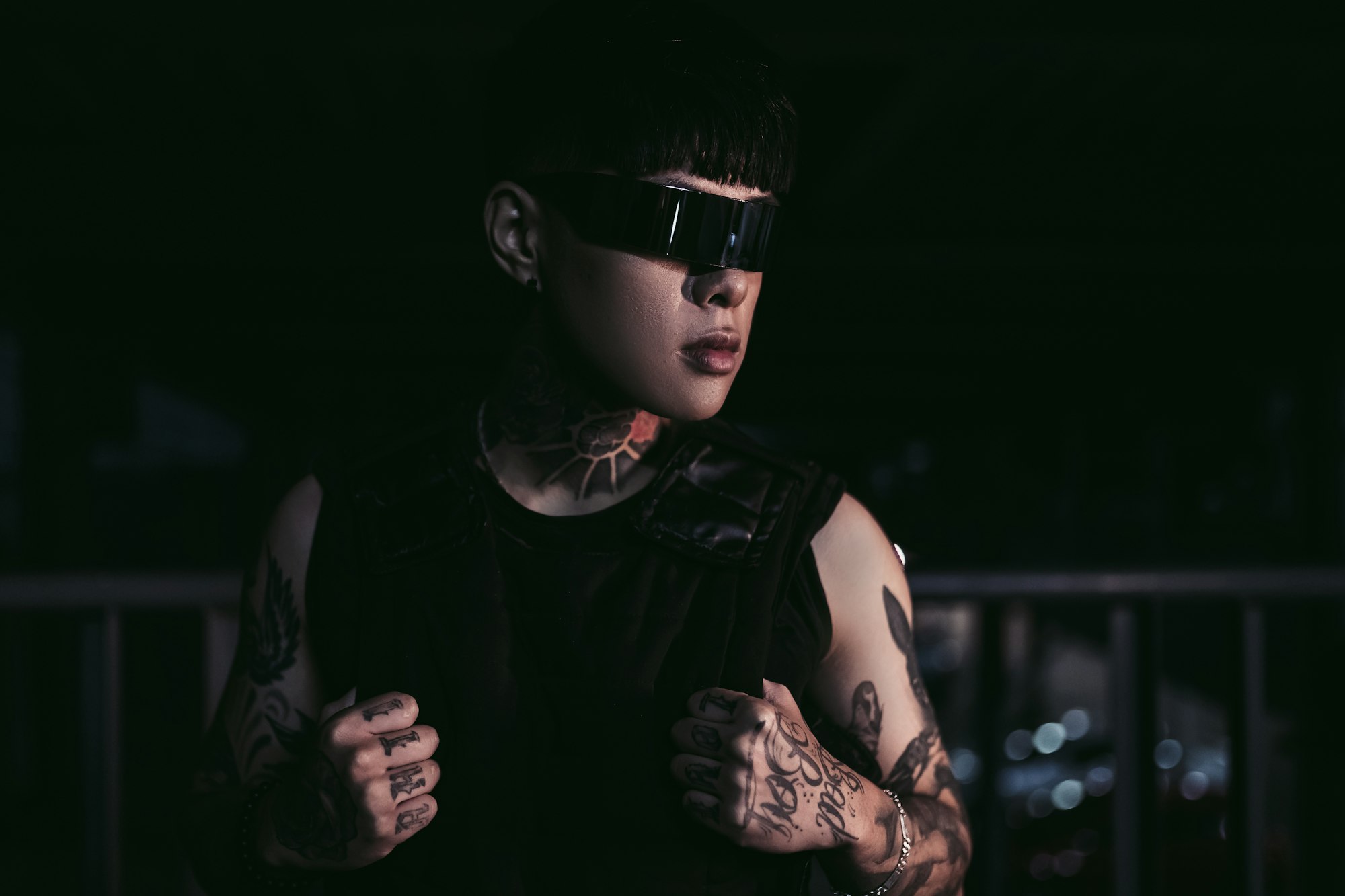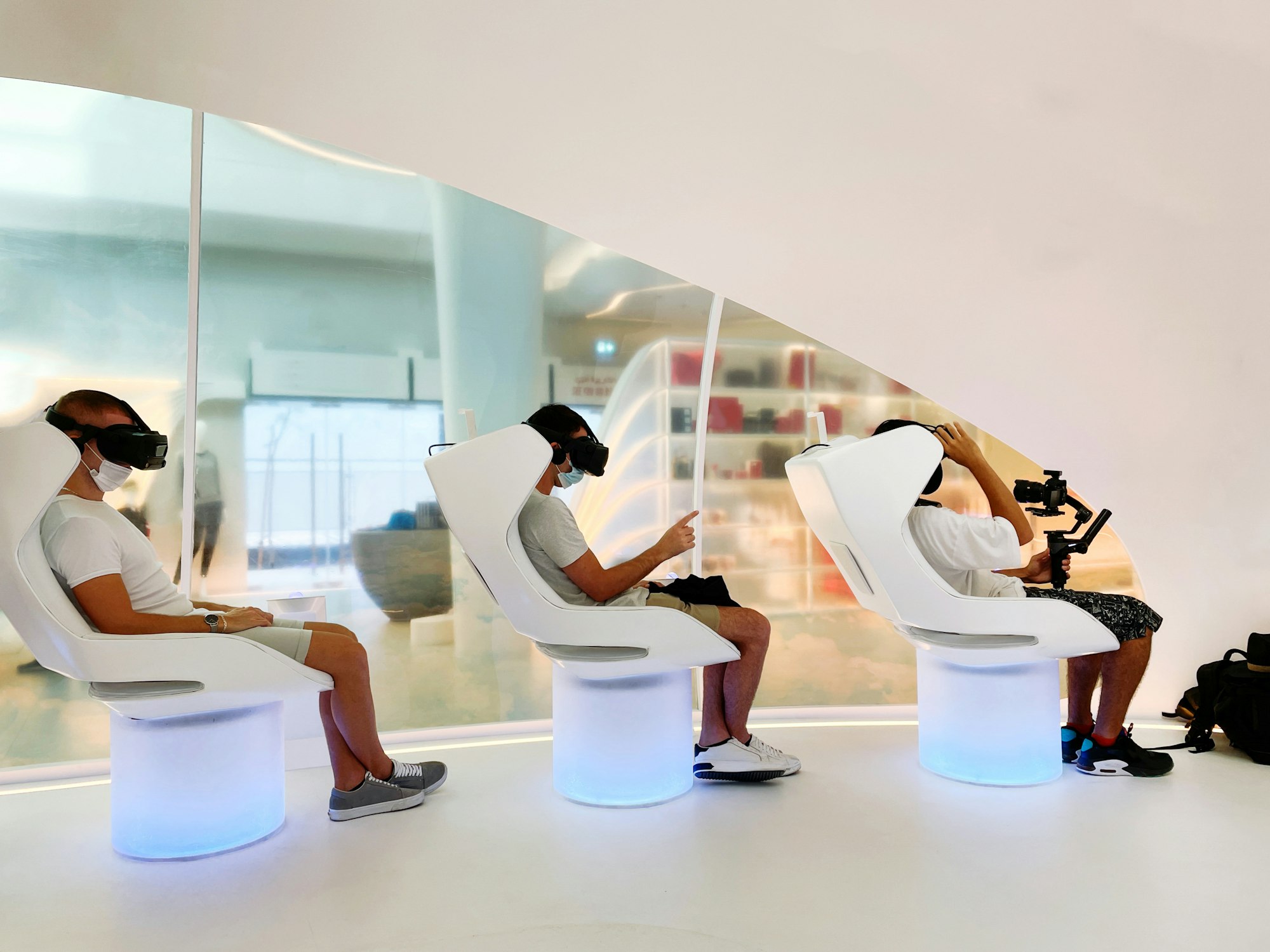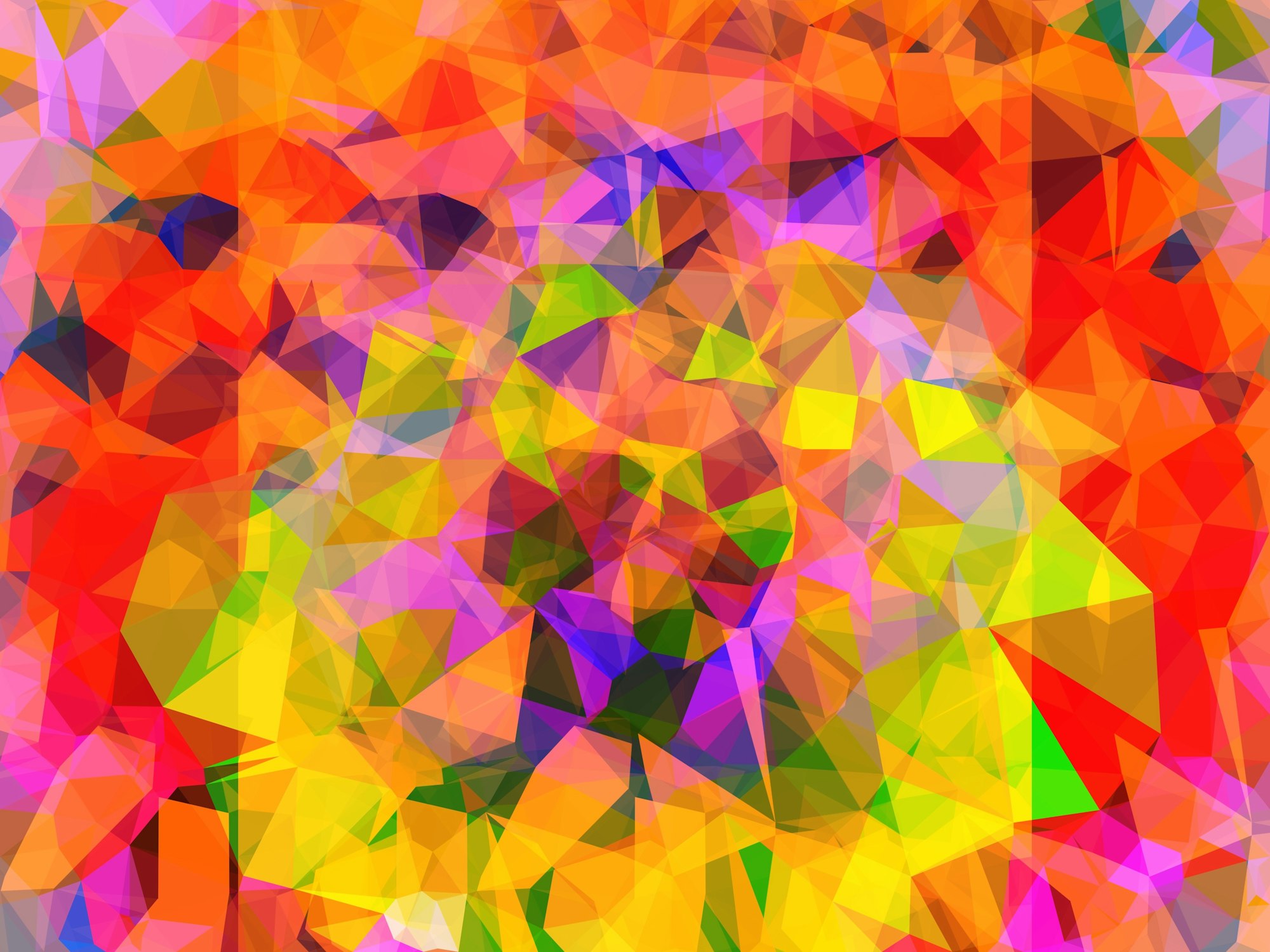The fashion industry is undergoing a significant transformation thanks to advancements in technology. From smart fabrics to 3D printing, these innovations are not only changing the way we design, produce, and wear clothing but also how we perceive fashion as a whole. In this article, we’ll delve into the various ways technology is revolutionizing our wardrobe and shaping the future of fashion.
1. Smart Fabrics and Wearable Technology
1.1 Introduction to Smart Fabrics
Smart fabrics, also known as e-textiles, are materials that have been enhanced with digital components such as sensors and microcontrollers. These fabrics can monitor and respond to environmental conditions, offering a blend of fashion and functionality.
1.2 Health Monitoring Clothing
Wearable technology is becoming increasingly popular in the health and fitness industry. Smart clothing, like the Hexoskin Smart Shirt, can track vital signs such as heart rate, breathing rate, and activity levels. This data is invaluable for athletes looking to optimize their performance or individuals monitoring their health.
1.3 Temperature-Regulating Fabrics
Innovative fabrics like Outlast, originally developed for NASA, can regulate temperature by absorbing, storing, and releasing heat. This technology ensures comfort by adapting to the wearer’s body temperature, making it perfect for activewear and everyday clothing.
2. 3D Printing in Fashion
2.1 Customized Clothing
3D printing is enabling the production of customized clothing tailored to individual body measurements. Brands like Ministry of Supply use 3D printing to create seamless, perfectly fitted garments. This technology reduces waste and offers a more personalized shopping experience.
2.2 Innovative Designs
Designers are pushing the boundaries of creativity with 3D printing. The ability to create intricate patterns and structures that would be impossible with traditional methods has led to groundbreaking designs. Notable examples include the 3D-printed dress by designer Iris van Herpen, which showcased at Paris Fashion Week.
2.3 Sustainable Fashion
3D printing also supports sustainable fashion by minimizing waste. Traditional garment production often results in significant fabric waste, but 3D printing uses only the material needed for each piece. Additionally, it enables the use of recycled materials, further reducing environmental impact.
3. Virtual and Augmented Reality in Fashion
3.1 Virtual Fitting Rooms
Virtual fitting rooms are transforming the online shopping experience. Technologies like ARKit and ARCore allow customers to see how clothes will look and fit without trying them on physically. Apps like Zeekit and ARitize revolutionize shopping by providing accurate virtual try-ons, reducing the need for returns.
3.2 Fashion Shows and Marketing
Virtual and augmented reality are also making waves in fashion shows and marketing. Brands like Balenciaga and Tommy Hilfiger have hosted virtual runway shows, offering immersive experiences that reach a global audience. AR apps are used in marketing campaigns to create interactive and engaging content.
3.3 Digital Fashion
Digital fashion is emerging as a new frontier where designers create virtual garments that exist only in the digital realm. Platforms like The Fabricant offer unique digital outfits for use in virtual environments, social media, and gaming. This trend reflects a shift towards a more sustainable and innovative approach to fashion.
4. Sustainable and Ethical Fashion Technologies
4.1 Eco-Friendly Materials
Technological advancements have led to the development of eco-friendly materials. Brands are using organic fibers, recycled fabrics, and biodegradable materials to reduce their environmental footprint. Companies like Patagonia and Stella McCartney are at the forefront of this movement, incorporating sustainability into their core values.
4.2 Supply Chain Transparency
Blockchain technology is being used to ensure transparency and traceability in the fashion supply chain. By tracking the journey of a garment from raw material to finished product, consumers can make informed decisions about the ethical standards of their purchases. Brands like Provenance are leading the way in this area.
4.3 Waterless Dyeing Technologies
Traditional dyeing processes consume vast amounts of water and generate significant pollution. New waterless dyeing technologies, such as those developed by DyeCoo, use supercritical CO2 to dye fabrics, eliminating the need for water and reducing environmental impact.
5. Fashion and Artificial Intelligence
5.1 Personalized Shopping Experiences
Artificial intelligence is revolutionizing the retail experience by offering personalized shopping recommendations. AI algorithms analyze customer preferences, browsing history, and purchase behavior to suggest items tailored to individual tastes. Services like Stitch Fix use AI to curate personalized clothing selections for their customers.
5.2 Trend Forecasting
AI is also being used for trend forecasting, helping brands stay ahead of the curve. By analyzing vast amounts of data from social media, runway shows, and fashion publications, AI can predict upcoming trends with remarkable accuracy. This allows designers to create collections that resonate with consumers and hit the market at the right time.
5.3 Inventory Management
Effective inventory management is crucial for reducing waste and improving profitability. AI-powered systems can optimize inventory levels by predicting demand and automating restocking processes. This ensures that retailers have the right products available at the right time, minimizing overproduction and markdowns.
Conclusion
Technology is undeniably reshaping the fashion industry, offering exciting possibilities for innovation, sustainability, and personalization. From smart fabrics and 3D printing to virtual reality and artificial intelligence, these advancements are transforming the way we design, produce, and interact with clothing. As we look to the future, it’s clear that the integration of technology and fashion will continue to evolve, creating a dynamic and sustainable industry that caters to the needs and desires of modern consumers. Embrace these changes and explore the limitless potential of tech-enhanced fashion to stay ahead in the ever-evolving world of style.










